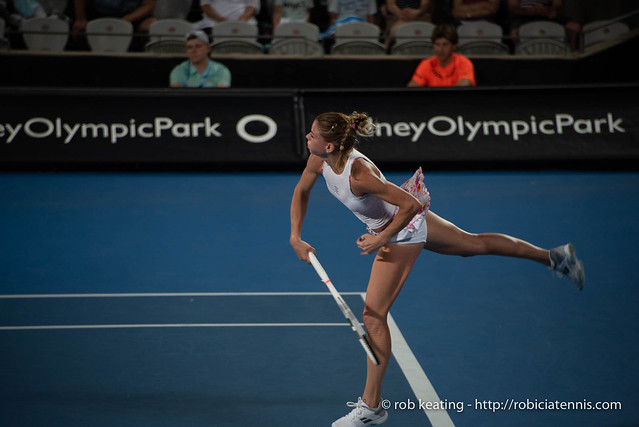Colouring outside the tramlines: Do we need shorter Tennis formats?
The International Tennis Federation has recently announced changes to the Olympic Tennis Event, shifting the men’s singles gold medal match to a shorter, best of three set format.
Changes have also been announced for doubles events, with men’s and women’s matches to be decided by a match tiebreak to 10 points when level at one-set all.
These adjustments have been introduced amid concerns of overplay for players competing across both singles, doubles and mixed doubles disciplines – understandable given the capacity of individual matches to last up to four or five hours.
Yet the desire for shorter formats is not limited to the Olympic movement, and with the average age of tennis players and fans increasing, there are a variety of emerging incarnations of tennis looking to establish their place in the game.
One such creation is Thirty30 Tennis – tennis’ answer to T20 cricket.
In T30, sets take on the traditional format of first to six games, but each game begins at 30-30.
The format is designed specifically to reduce the time taken to play matches and T30’s creator, Mark Milne talked to me about its benefits.
‘Players are getting worn out playing such long matches these days’, he said.
‘Even best of three sets are lasting three or four hours and as you reach the end of the season, they’re increasingly worn down and injury prone.
‘As such there is a requirement to have shorter, sharper matches, and when you start at 30-30, every second point is a game point – it makes every point really count.
‘T30 can fit in alongside tradition. The grand slams will never change. But there is a place in the market for alternative shorter formats.’

Currently, the shortest version of tennis gaining the most traction is Fast4 – a format initiated by Tennis Australia and used by the LTA for the British Tour.
Fast 4 sharply breaks from the traditional mould of tennis scoring, with just four games needed to secure a set. Additionally, it introduces sudden death deuces and no service lets to encourage quicker play.
The format has been most visibly implemented of late at the Hopman Cup for the mixed doubles, and for the Next Gen ATP tournament – won by Australian Open success story Stefanos Tsitsipas late last year.
Indeed, this year’s Australian Open was a tournament that suffered some extraordinarily late finishes in near empty stadiums, and subsequently shorter matches can really benefit the logistical set up of tournaments.
Given the sell-out success of the season-ending ATP finals, there is undoubtedly a place in the game for shorter tennis matches given their capacity to put bums on seats.
‘Shorter games open up the possibility of more combined events for the men’s and women’s tours, says T30 pioneer Mark.
‘It also opens up the opportunity for some of the top players to play doubles, knowing the fact their singles matches are only going to take say, an hour and a half, which would be brilliant for spectators.’
For traditionalists, there is ultimately little to worry about. Tennis as we know it is not set to change any time soon.
However, with high-profile events outside the Grand Slams cutting court time, it is perhaps worth exploring tennis’ capacity to encourage shorter, sharper and more exciting formats.
T30 anyone?
Photograph // Flickr – Rob Keating